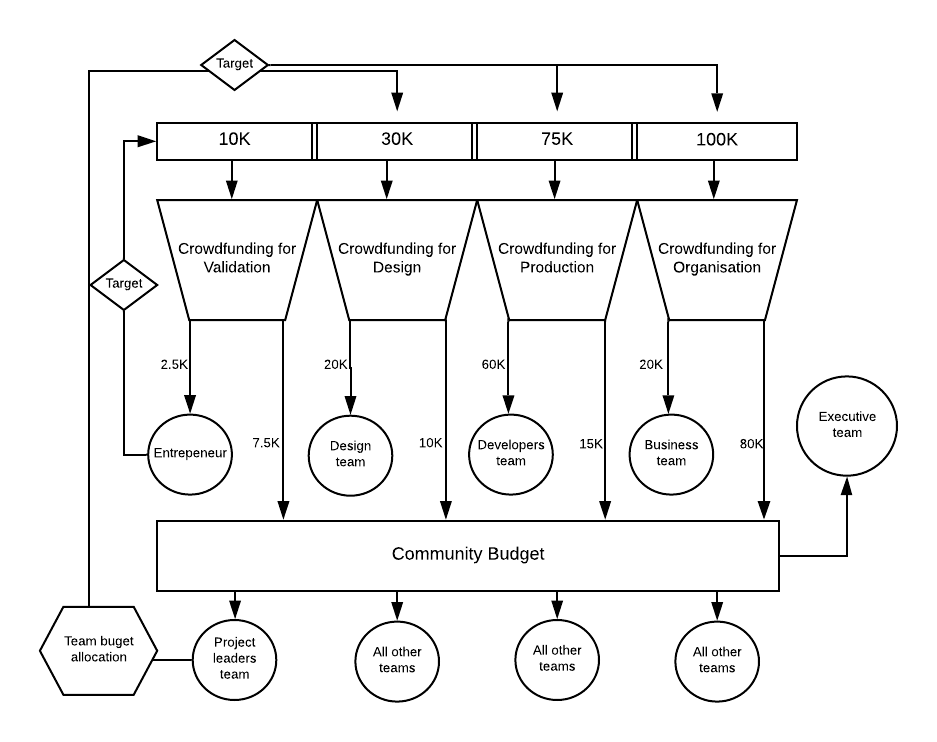One of the unique aspects of Smartups is that they are entirely independent of commercial investors and government funding. Instead, they rely on crowdfunding as their only source of income. Your contribution to a Smartup, become part of the community budget, which rewards those who have shown responsibility and passion for the many missions undertaken. If you decide to also work you will see a quick return on investment.
In this way, crowdfunding becomes a tool for stimulating democratic practices, as the success of a Smartup is determined by the collective efforts of its community members. Each contribution represents a vote of confidence in the Smartup’s mission and a willingness to participate in the co-creation and co-governance of its technology. This is a key metric in the validation phase of a Smartup. Raising money means validation.
As a result, Smartups offer an innovative approach to funding that not only empowers communities to take ownership of technology development but also promotes democratic decision-making and collaboration. By supporting a Smartup, you are not only investing in a promising solution to a pressing problem but also contributing to the advancement of democratic practices in technology development.



















